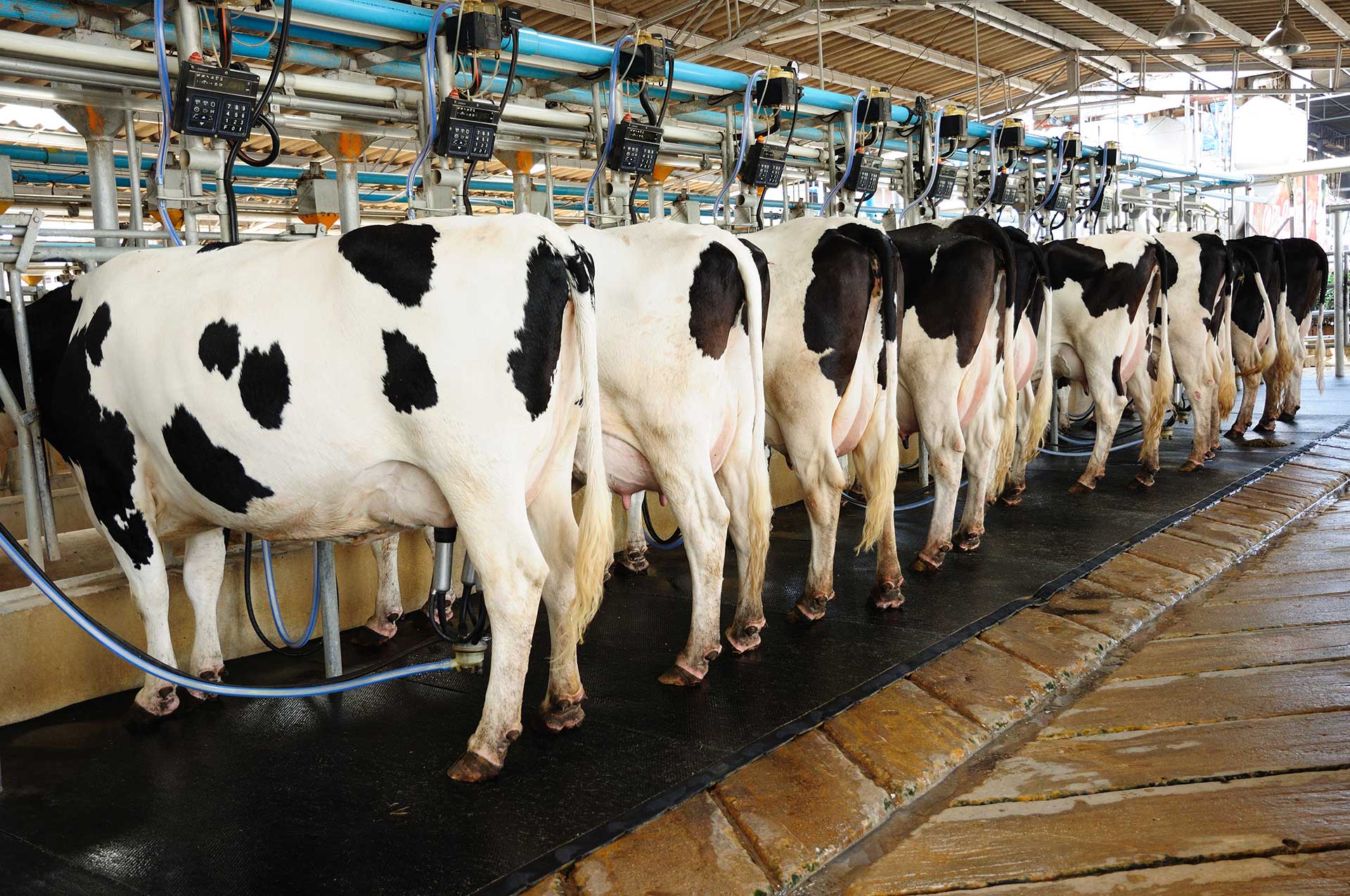Lactose-Free Verification Testing
In the agricultural and forestry sector, ensuring the quality of dairy products is paramount. Lactose-free verification testing plays a critical role in maintaining food safety standards and meeting consumer demands for lactose-free alternatives. This service ensures that dairy products are free from lactose, which is crucial not only for individuals with lactose intolerance but also to meet specific dietary requirements.
The process of verifying lactose-free status involves several key steps. Initially, a sample of the dairy product under scrutiny is collected and prepared according to stringent protocols. The specimen preparation includes homogenization and filtration to ensure that the sample is uniformly processed for accurate testing. Following this, analytical methods are employed to measure the lactose content.
One common method used in this testing involves enzymatic hydrolysis with subsequent analysis using chromatographic techniques such as High Performance Liquid Chromatography (HPLC). This approach allows for precise quantification of lactose levels within the sample. The acceptance criteria for a product to be considered lactose-free typically set a threshold below 0.5 grams per liter, in line with international standards like ISO 14922-1:2017.
The importance of this service cannot be overstated. Accurate testing ensures that products labeled as 'lactose-free' meet regulatory requirements and consumer expectations. This not only enhances brand reputation but also fosters trust among consumers, particularly those with dietary restrictions.
- Enzymatic Hydrolysis: Initial treatment of the sample to break down lactose for easier quantification.
- HPLC Analysis: Chromatographic technique used to separate and quantify lactose in the sample.
- Acceptance Criteria: Standards set by international bodies such as ISO ensuring accurate labeling.
The precision of this testing method is crucial for maintaining compliance with regulatory requirements. Regulatory bodies, such as the FDA and EU legislation, mandate that all products labeled as 'lactose-free' must meet strict lactose content limits to ensure safety and accuracy.
For research and development (R&D) teams, this service provides valuable insights into product formulations and potential improvements. It helps in identifying optimal conditions for lactose removal during processing, thereby enhancing the overall quality of lactose-free products.
Industry Applications
The application of lactose-free verification testing extends beyond just dairy products to include a wide range of industries within agriculture and forestry. In the food industry, this service ensures that all processed foods labeled as lactose-free comply with stringent quality standards.
Agricultural producers benefit from this testing by ensuring their products meet consumer expectations and regulatory requirements. This not only enhances marketability but also increases customer satisfaction. For procurement departments, verifying lactose-free status helps in sourcing high-quality raw materials for product development.
In the healthcare sector, lactose-free verification testing is essential for pharmaceutical companies producing lactose-free medications and dietary supplements. It ensures that these products are free from lactose, making them suitable for individuals with lactose intolerance or other dietary needs.
Quality and Reliability Assurance
The reliability of lactose-free verification testing is underpinned by the use of advanced analytical techniques and adherence to international standards. The precision and accuracy of these tests are critical in ensuring that products labeled as 'lactose-free' meet regulatory requirements.
A list of key factors contributing to the quality and reliability assurance includes:
- Standard Operating Procedures (SOPs): Ensuring consistent testing protocols.
- Calibration of Instruments: Regular calibration of HPLC equipment for accurate lactose quantification.
- Training: Continuous training of personnel to ensure adherence to best practices.
- Quality Control Samples: Use of control samples to validate test results.
The use of these measures guarantees that the testing process is reliable and accurate, providing consistent results across multiple batches. This ensures that products labeled as lactose-free are indeed free from lactose, thereby maintaining consumer trust.





